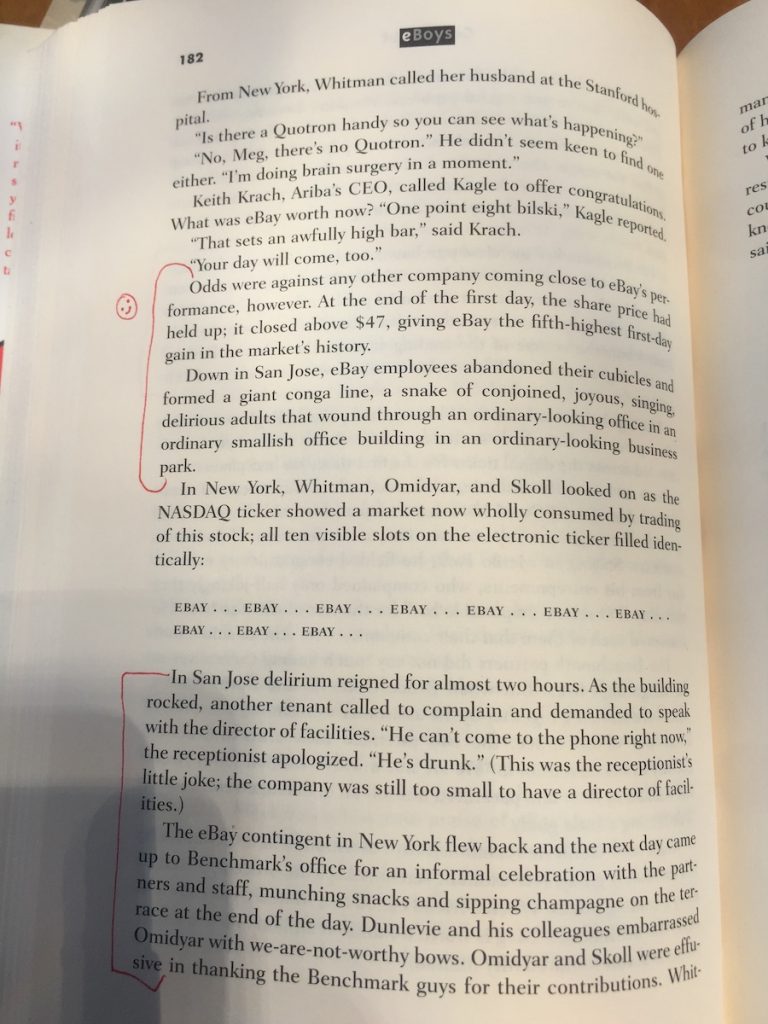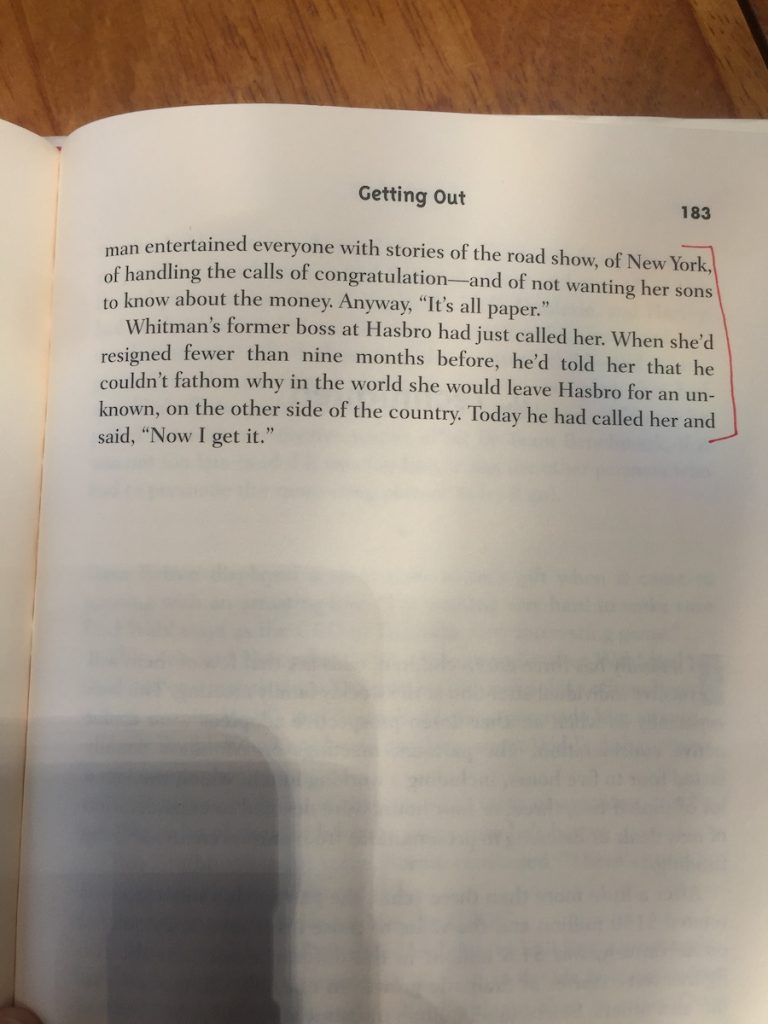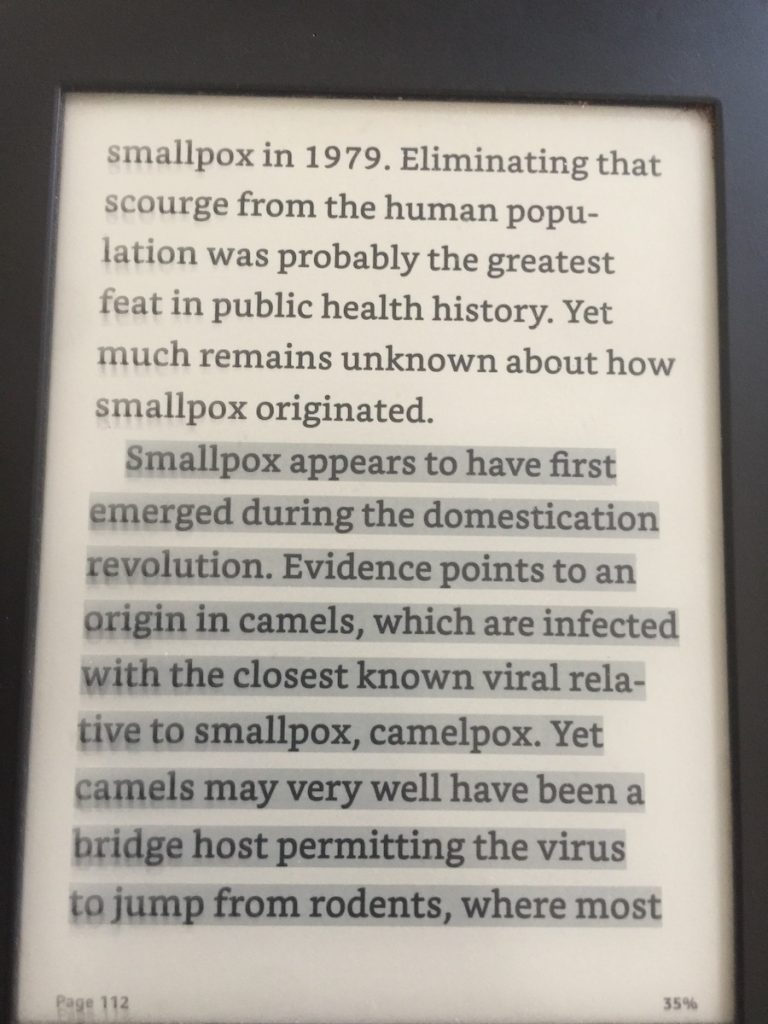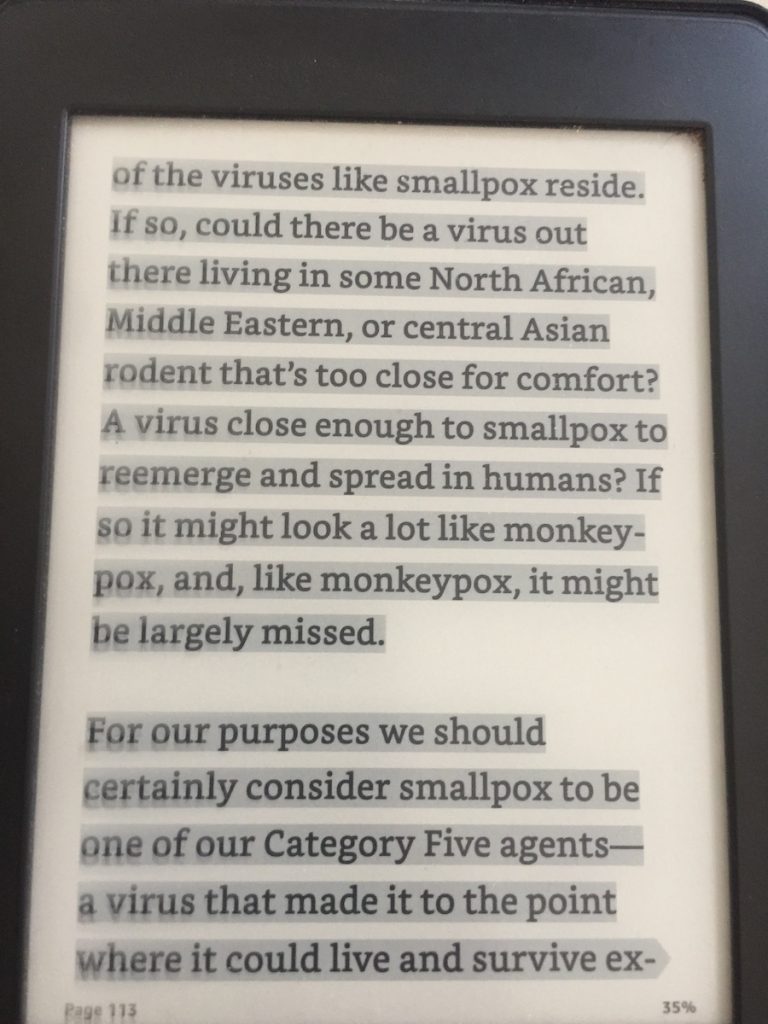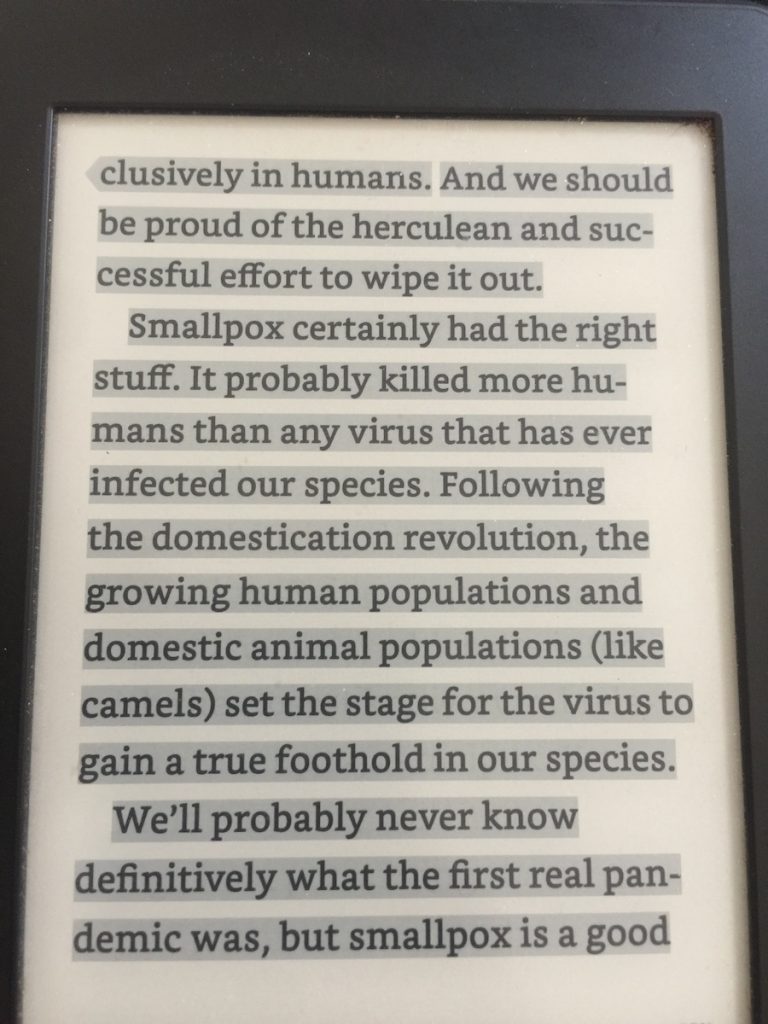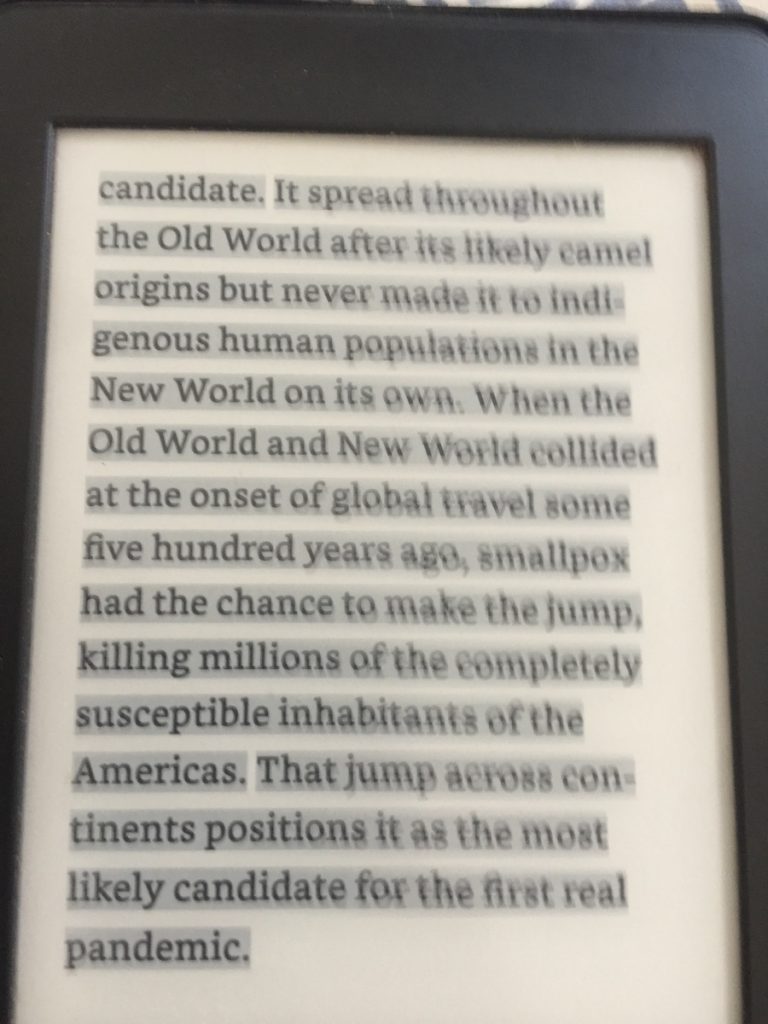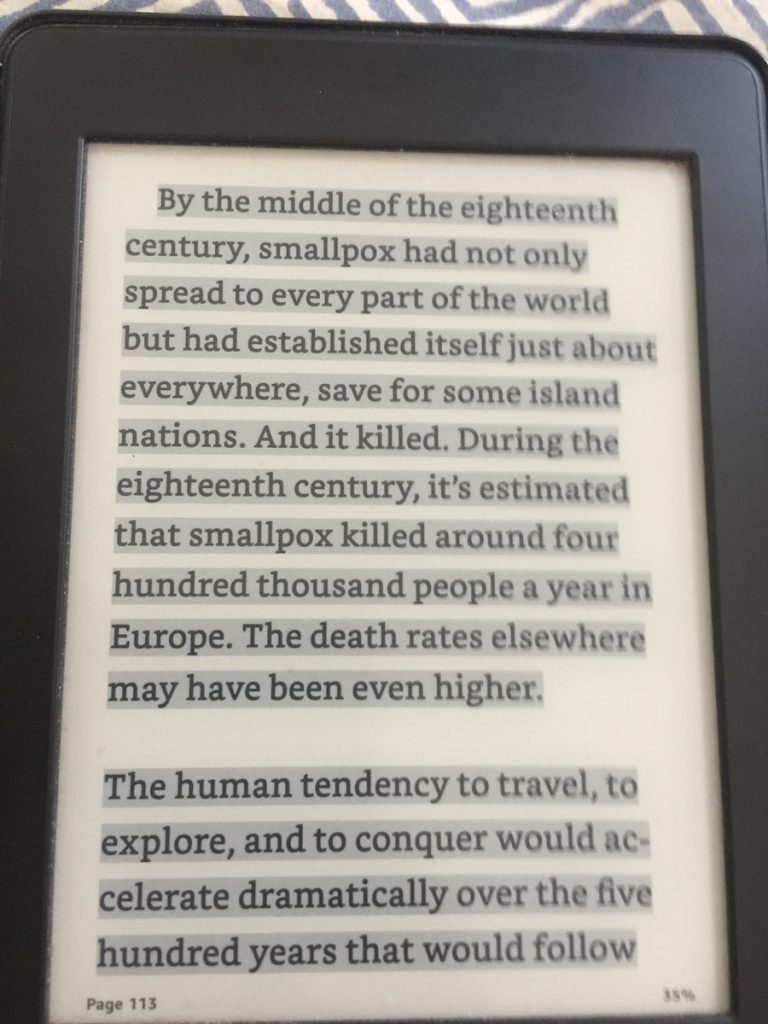India during lockdown as well going through Islamophobia: bias and prejudice against Muslims. Entire countries media, social media and WhatsApp university are blaming Muslims for the spread of Covid19.
Indian media and some stupid politicians have made entertainment bulletin out of the stupidy of a few Ulama.
Whatsapp is sharing propaganda messages urging people not to buy groceries and vegetables from Muslim sellers as they are working with Jihadis and spreading Covid19 in our country. As a sensible Indian we have to teach our parents, not to fall for this stupid hoax.
65 lakhs gods, Christ, Allah et all watching from above must be feeling sad. What have we turned into as a human? What happened to our logic and rationality?


